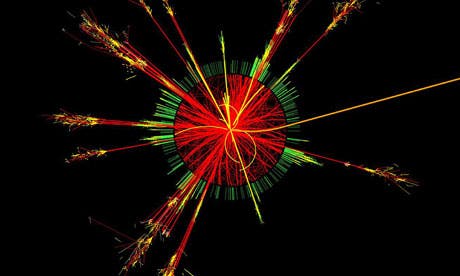The big news about the discovery of the Higgs boson seem farther than some might have expected, even though researchers reported ‘tantalizing hints’ of the elusive particle; physicists will have to hold their breath a little longer.
About a week ago, rumors started stirring up the physics world, as the people at CERN zoomed in on the only missing particle from the Standard Model; however, scientists so far have only hints, and nothing concrete to show.
“I think we are getting very close,” said Vivek Sharma, a physicist at the University of California, San Diego, and the leader of the Higgs search at LHC’s CMS experiment. “We may be getting the first tantalizing hints, but it’s a whiff, it’s a smell, it’s not quite the whole thing.”
The long sought particle seems to be cornered now, and indeed, as the team working at CERN announced, we will soon be able to either prove or disprove its existence – but physicists seem adamant that it exists, now more than ever. Today’s announcement was believed by many to be something definitive – but this wasn’t the case. Though this isn’t the final answer we have been waiting for, it is definitely an exciting leap forward.
“It’s something really extraordinary and I think we can be all proud of this,” said CERN physicist Fabiola Gianotti, spokesperson for the LHC‘s ATLAS experiment, during a public seminar announcing the results today.
The entire scientific world seems proud of the people at the LHC.
“These are really tough experiments, and it’s just really impressive what they’re doing,” Harvard University theoretical physicist Lisa Randall said.
The Standard Model is an extremely ambitious theory that seeks to unify interactions between all the elementary particles in the Universe; so far, the only particle yet to be observed from this model is the Higgs Boson – so finding it is quite a big deal. If it were proven not to exist, that would be good too – we would know we have to search for something else.










